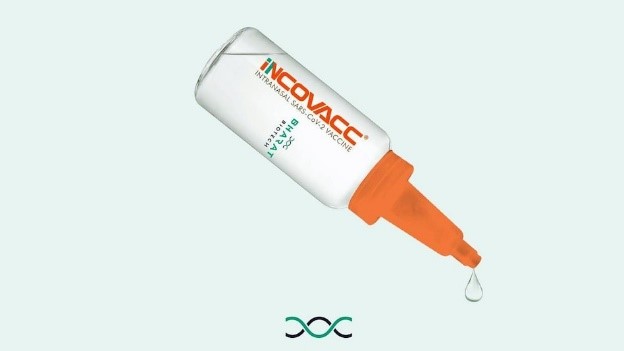Free Courses Sale ends Soon, Get It Now


Free Courses Sale ends Soon, Get It Now



Disclaimer: Copyright infringement not intended.
Context:
Read all about Intranasal Vaccines: https://www.iasgyan.in/daily-current-affairs/intranasal-vaccine-11
iNCOVACC®
Key Attributes:
Immunoglobulin G (Ig G):
Immunoglobulin A:
|
A mucous membrane or mucosa is a membrane that lines various cavities in the body of an organism and covers the surface of internal organs. It consists of one or more layers of epithelial cells overlying a layer of loose connective tissue. It is mostly of endodermal origin and is continuous with the skin at body openings such as the eyes, eyelids, ears, inside the nose, inside the mouth, lips, the genital areas, the urethral opening and the anus. Some mucous membranes secrete mucus, a thick protective fluid. The function of the membrane is to stop pathogens and dirt from entering the body and to prevent bodily tissues from becoming dehydrated. |
IgA1 vs. IgA2
T cell

© 2024 iasgyan. All right reserved